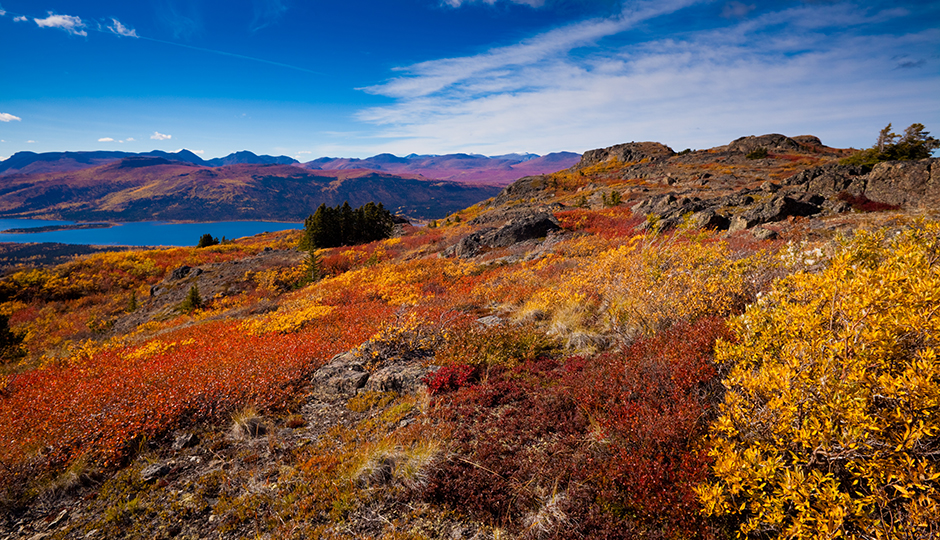Québec’s boreal forest covers over a million square kilometres, and one fifth of this vast territory is exploited for commercial purposes. These forestry activities, along with natural disruptions caused by wildfires and insects, can lead to a loss of vegetation density. To contribute to the regeneration of these forests, Daniel Lord and his team from the Research Consortium on the Commercial Boreal Forest at Université du Québec à Chicoutimi have developed a reforestation system that is specifically adapted to northern forests.
This technique improves reforestation performance in northern areas, leading to savings in production and transport costs.
In the boreal forest there is less competing vegetation, due in part to poor soil quality. To increase population density, the researcher is using a species of tree that is capable of surviving in this particular environment after reforestation: the black spruce. This hardy species adapts well to the weather conditions of the region and can thrive even under cold and dry growing conditions.
In general, reforestation in northern areas involves the production of small seedlings, 20 to 30 centimetres high, in tree nurseries. Due to their small size, these seedlings need to spend less time in the nursery, while the smaller size of their containers means that they can be transported in larger quantities. These factors result in a reduction in production and transport costs, the latter of which can be significant given the distance to northern planting sites. Daniel Lord designed a container that can hold a considerably greater number of seedlings per unit of surface area, which reduces the size of the seedlings. The challenge facing the researcher then consisted of demonstrating that this new container would not affect the planting parameters.
After a series of experiments carried out over a period of ten years, the results are conclusive: container volume can be reduced by 50% in environments where there is little competing vegetation, such as is the case in the boreal forest. In fact, these smaller seedlings show the same resistance to a lack of water (water stress) and cold temperatures. The researcher has confirmed that, under identical climate and terrain conditions, planting mini-seedlings yields the same result as conventional seedlings when it comes to survival and growth.
This technique improves reforestation performance in northern areas, leading to savings in production and transport costs. In addition, tree planters can transport more plants at a time and need to refill their bags less often, which could directly affect planting costs. Finally, boreal reforestation is in line with sustainable management practices, as it increases carbon sequestration.




